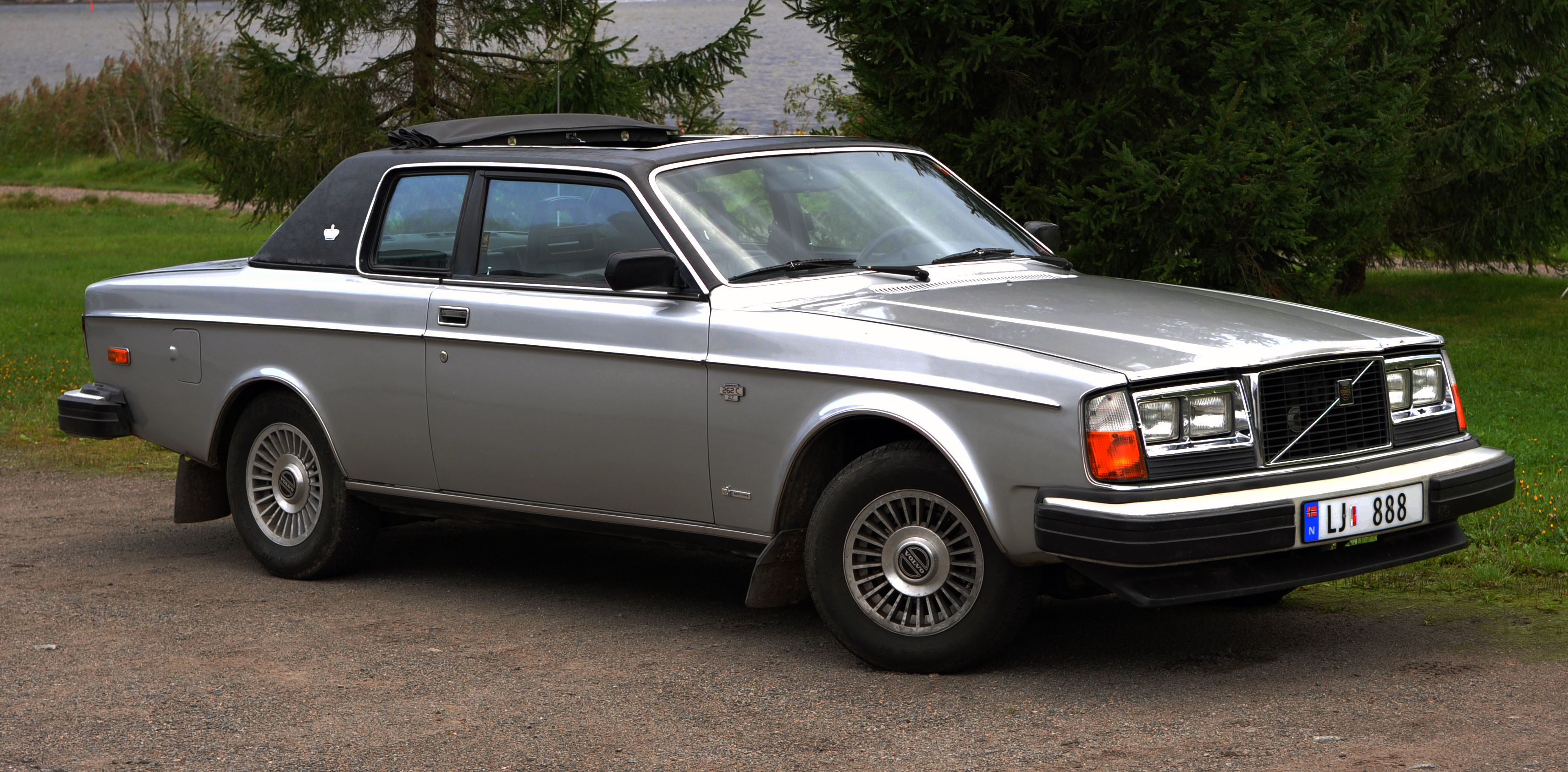Sounds like the Niro will be introduced on the biggest stage of American TV.......the Superbowl! I saw a preview on one of the morning talk shows and it starred Melissa McCarthy?? It was pretty funny, kind of poking fun at the
greenies while being basically a very green car :lol:
I'm kind of interested in the PHEV version thats supposed to arrive in
September or better yet the BEV version where they are talking about early '18.....
The Niro is based on the Hyundai Ioniq but personally I like the styling on the Niro much better, it's billed as a compact crossover SUV as opposed to the Ioniq's hatchback styling. I also really like the Niro doesn't SCREAM green or look wacky like the Prius Prime which I personally think, along with similarly syled vehicles are UGLY as sin!
A couple quotes from Car and Drivers review of the hybrid:
"starts at $23,785
Called an “un-hybrid,” the Niro combines a hybrid powertrain with a subcompact crossover for the best of both worlds. The interior is roomy, with an elevated seating position for easy entry/exit and a clear view of the road ahead. A gas engine pairs with an electric motor for an output of 139 hp; fuel economy is rated at up to 52 mpg city."
"The latest Toyota Prius has embraced “Space Oddity” styling, but that doesn’t appear to be spurring sales of that hybrid icon. The new Kia Niro, on the other hand, looks like the kind of vehicle that can inspire Americans to trade in their compact or mid-size sedans. The Niro is an approachable and practical, crossover-like hatchback—one that just happens to have a hybrid powertrain and EPA city ratings of up to 52 mpg. Refreshingly straightforward, it has no unfortunate packaging concessions, no bizarre styling, and no weird controls that are different just for the sake of being different (we’re looking at you, Prius shifter)."
"The Niro is built on a dedicated compact hybrid-vehicle platform shared with the Hyundai Ioniq. However, while the Ioniq sticks with a Prius-like Kamm-back profile designed to squeeze the last tenth of a mile out of every gallon of gasoline, the Niro trades off some aerodynamic efficiency for greater passenger and cargo space. For the U.S. market especially, we think Kia made a smart choice. From across the parking lot, the Niro looks like a crossover SUV. Step closer, and it’s clearly lower and more wagonlike."
"It’s a slightly higher-riding alternative to the Toyota Corolla iM or the Ford Focus hatchback, yet it’s lower and more squat than many small crossovers such as the Chevrolet Trax, Honda HR-V, Mitsubishi Outlander Sport, or Fiat 500X. Seat height is about an inch and a half higher than that of a typical compact sedan, according to Kia, and slightly lower than the Soul’s—perfect for easy entry and exit. There’s enough headroom and legroom in back for tall adults, and the rear seatbacks flip forward, creating a flat cargo floor."
"The Niro, like Kia’s Optima hybrid, has a four-cylinder engine and a single AC electric motor/generator integrated within a six-speed automatic transaxle. But much is different about both the engine and the gearbox. The engine is a new, Atkinson-cycle 1.6-liter four-cylinder with exhaust-heat recovery and dual cooling circuits for quickly warming up the cylinder head. It makes 104 horsepower and 109 lb-ft of torque, and Kia claims it operates with 40 percent thermal efficiency, a lofty mark on that scale. The six-speed is a dual-clutch unit, with two hydraulically actuated multiplate dry clutches finessing launches and shifts. The combined system output to the front wheels is 139 horsepower and 195 lb-ft of torque. In case you missed any previous hints that this is not a rugged SUV, note that all-wheel drive is missing from the lineup, and there are no plans to add it."
"It all adds up to exemplary fuel-economy ratings: 52 mpg city and 49 mpg highway for the miserly FE version, 51/46 mpg for the LX and EX models at the heart of the lineup, and 46/40 mpg for the Touring models we drove. "
"As with the Hyundai Ioniq, this hybrid version is only one iteration of Kia’s green machine. A plug-in-hybrid Niro is due to arrive next September, and an all-electric variant is expected to complete the family, likely in early 2018.
In the meantime, those who choose a Niro because it is the size and shape they want probably will find a lot of value in this model’s generally pleasant driving experience and roomy interior—not to mention a lot more monetary value should gas prices rise."
or full review: http://www.caranddriver.com/kia/niro
While not a large vehicle I like the fact that it sounds like it's somewhat roomy and again isn't a hatchback or doesn't have the oddball look of most all other PHEV or BEVs, I also like the price point although I'm sure the PHEV or BEV will be more than the $23K+ of the hybrid version but still heres hoping it will be closer to $30k than $40k

Very funny commercial:
http://ew.com/tv/2017/02/01/melissa-mccarthy-kia-super-bowl-commercial/





